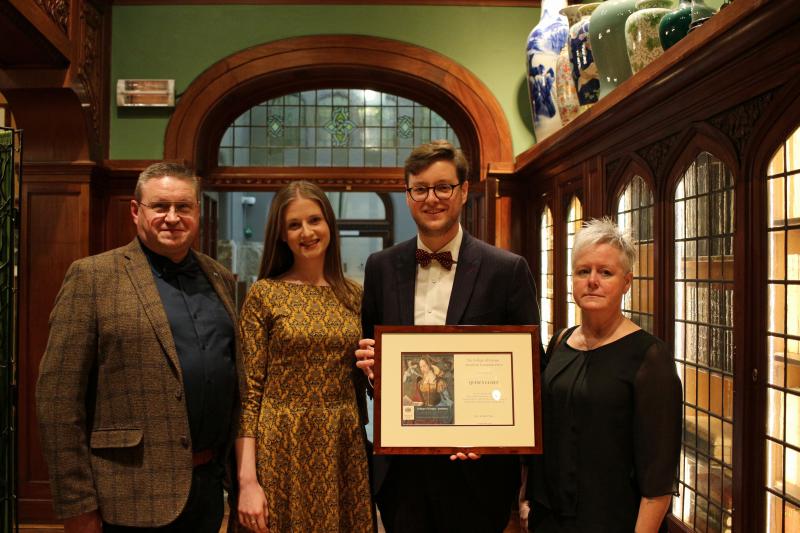Analysis
Politics
Projects
How Orbán’s Anti-Ukraine Crusade Fuels Hungary’s Election War Machine
10 October 2025
12 March 2020
The stories we tell about Europe and its peace project should neither be disregarded as innocent nor taken at face value. The history of European integration shows a competition between distinct visions and personalities but also obstacles that were not overcome and paths that were not taken in the process.
A number of years ago, the European Commission launched a call for a ‘new narrative for Europe’ with the aim to find a story that could explain the reality of Europe and what today’s and the future European Union is all about. The call pre-supposed there had been a single ‘old’ narrative, which underwent a moment of crisis or lost its relevance and needed change.
When I decided to write about the question of narratives in European integration, I considered it important to show the search for a rationale and story for Europe has a longer history, but also cannot be understood as the simple replacement of an old story by a new one.

First of all, I should explain that when we speak about narratives in an academic sense, in a more fundamental way it is about describing the story-telling or the stories we have learned, repeated and told about Europe, how it rose out of the ashes of the Second World War, its peaceful aspirations and how the Community (and later Union) deepened and enlarged in the subsequent decades.